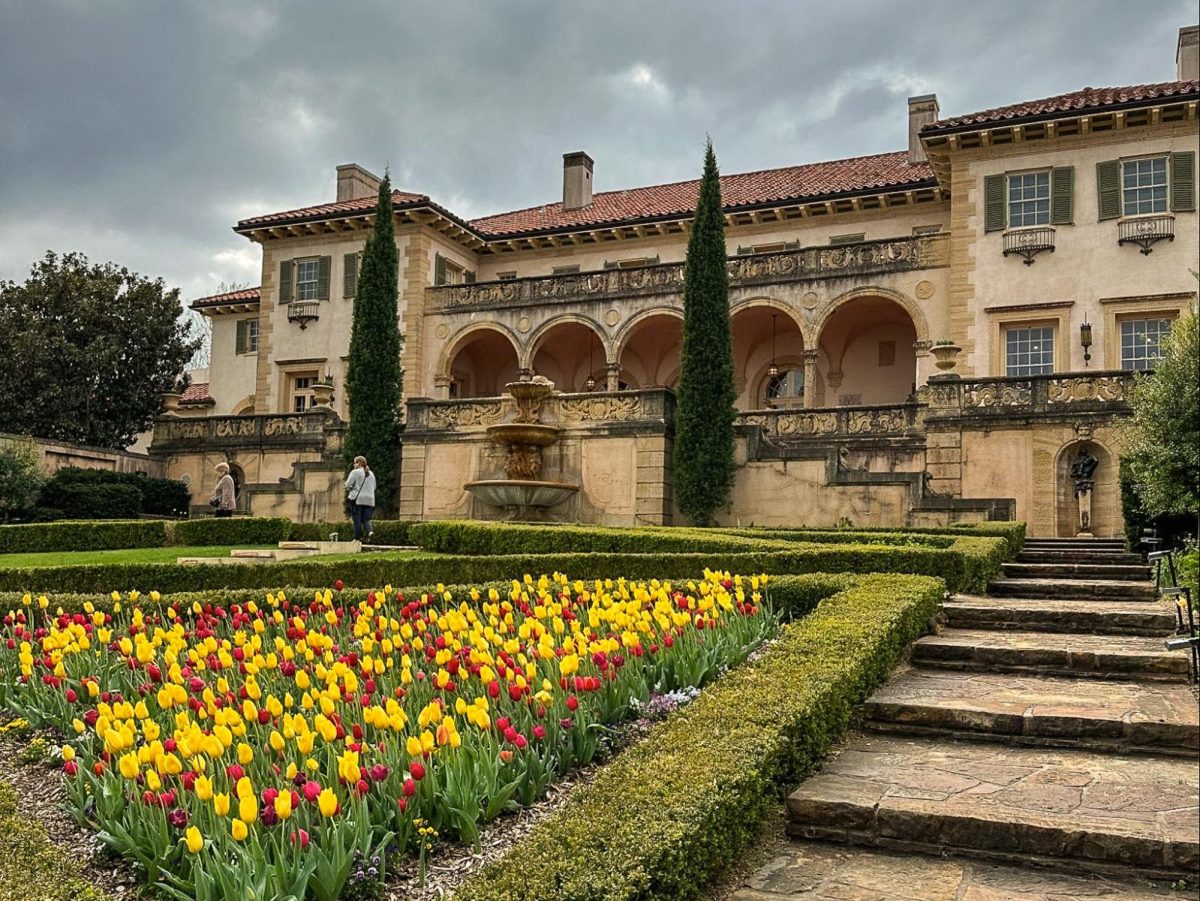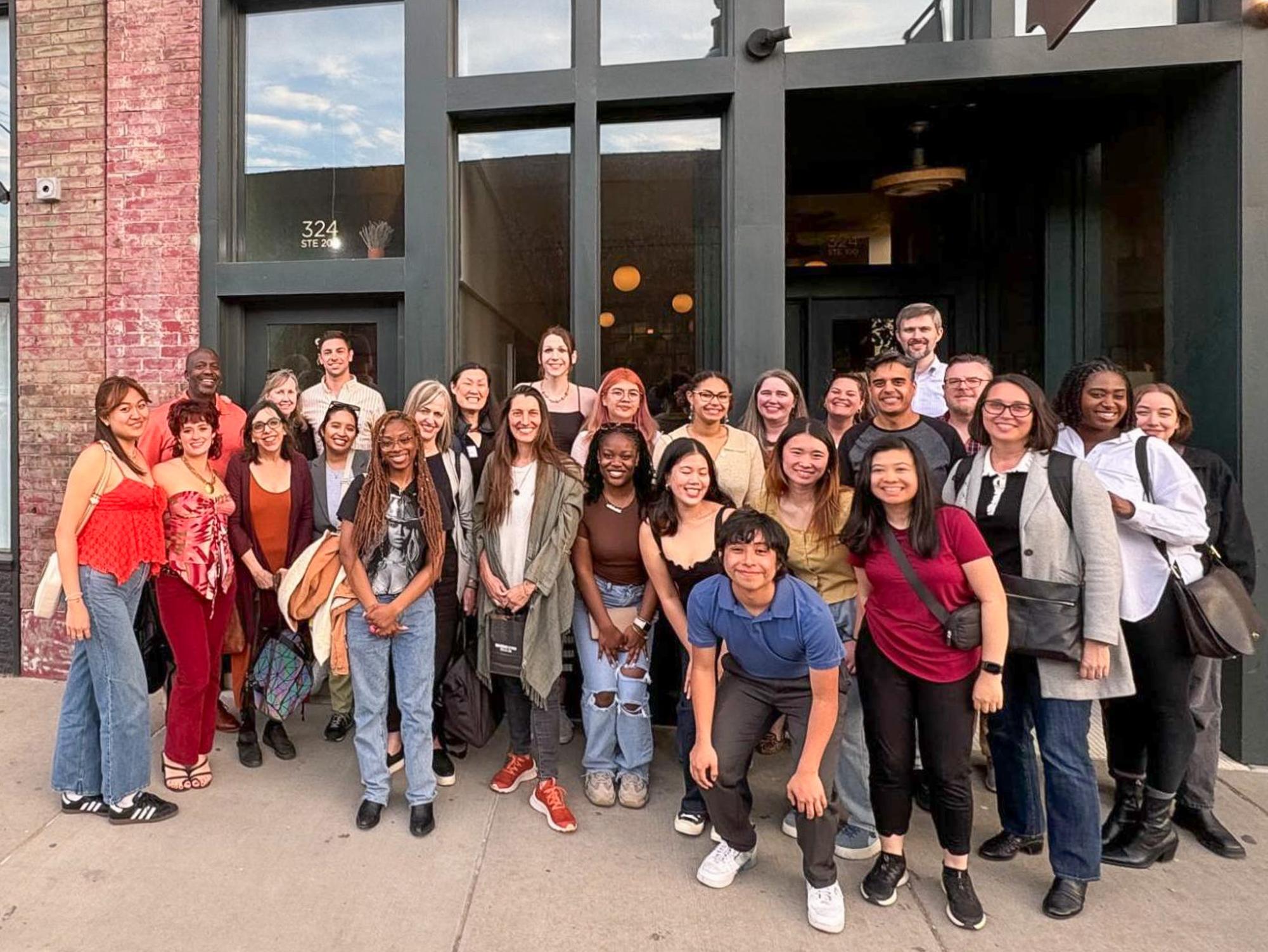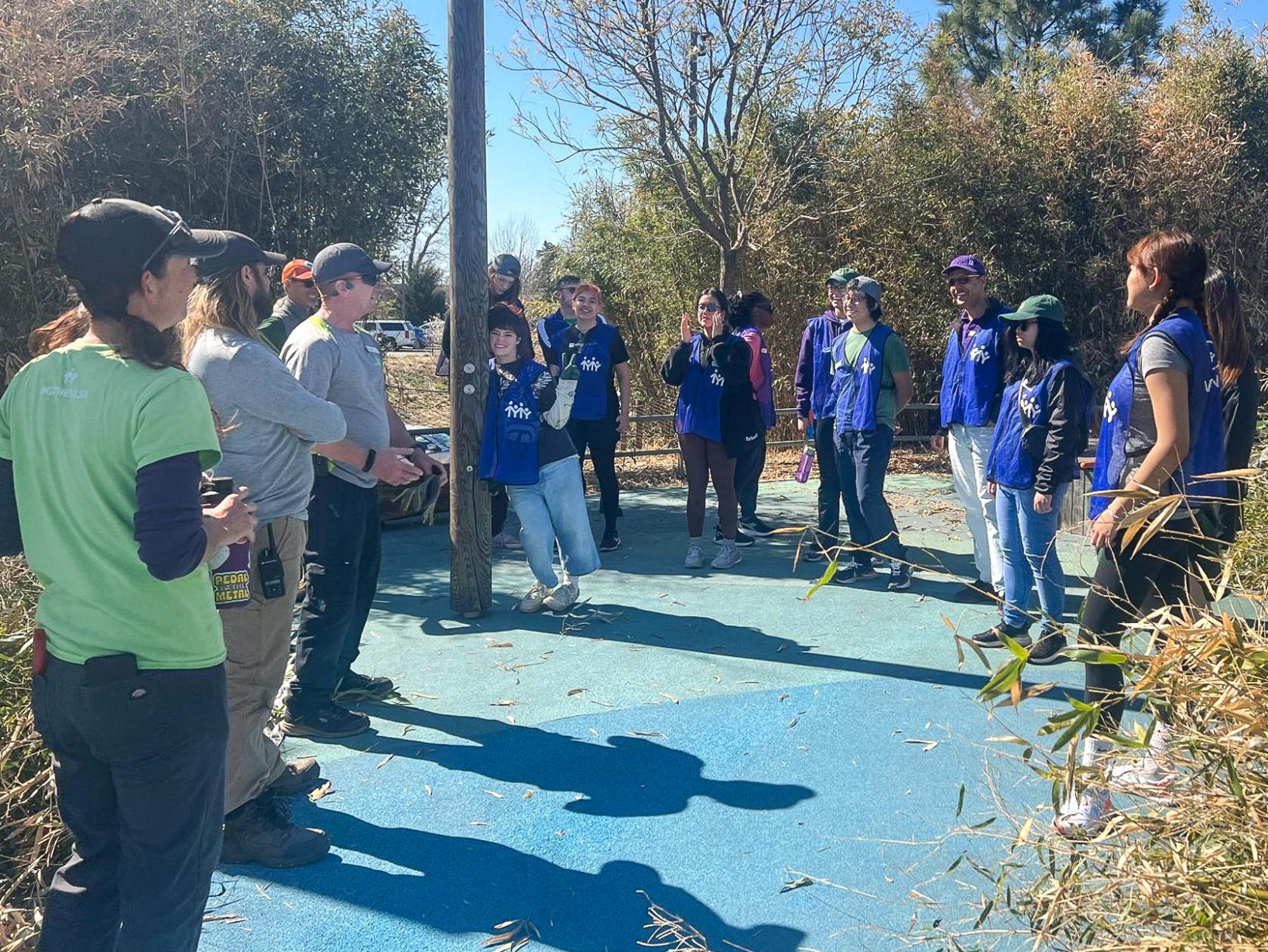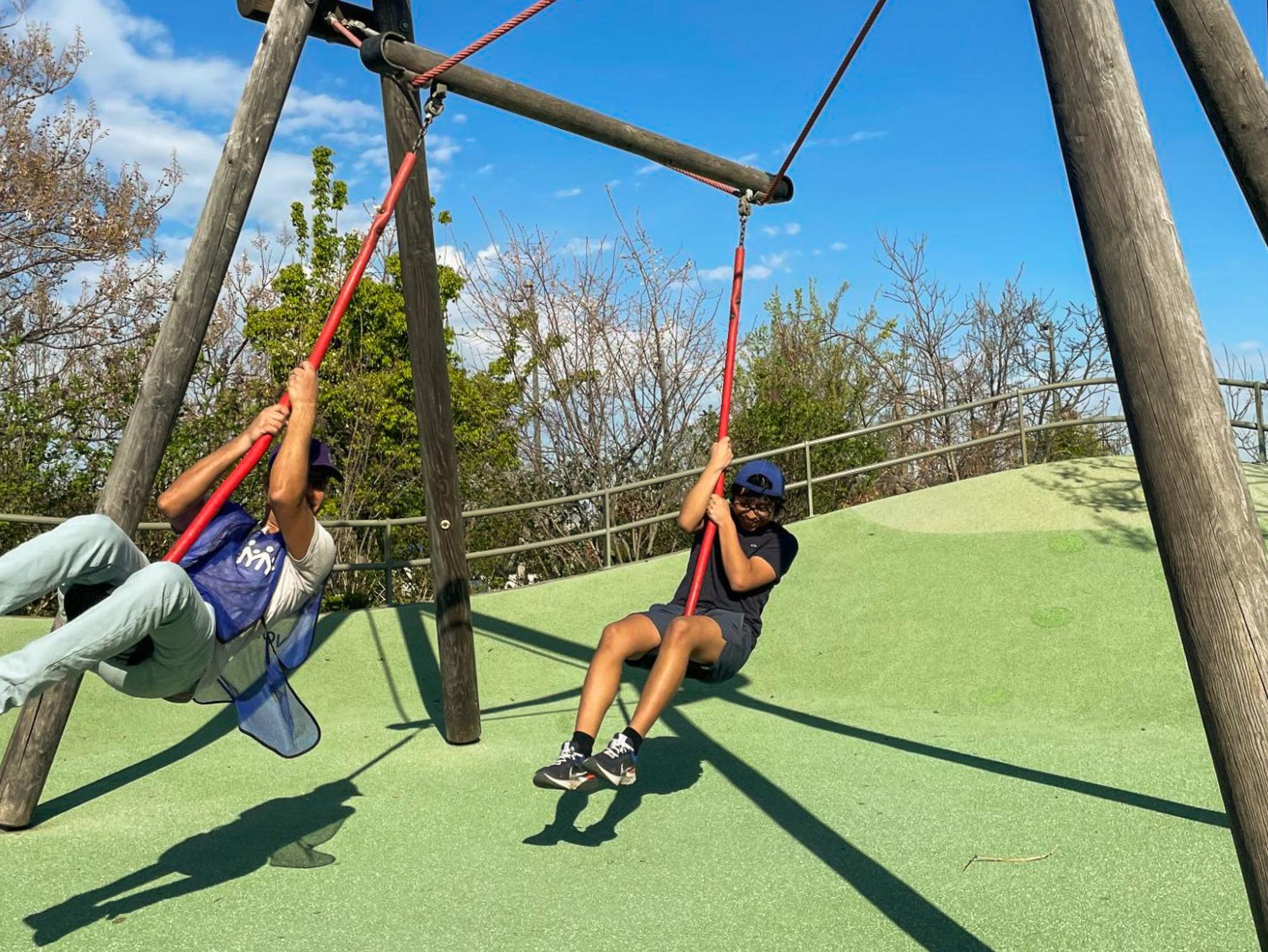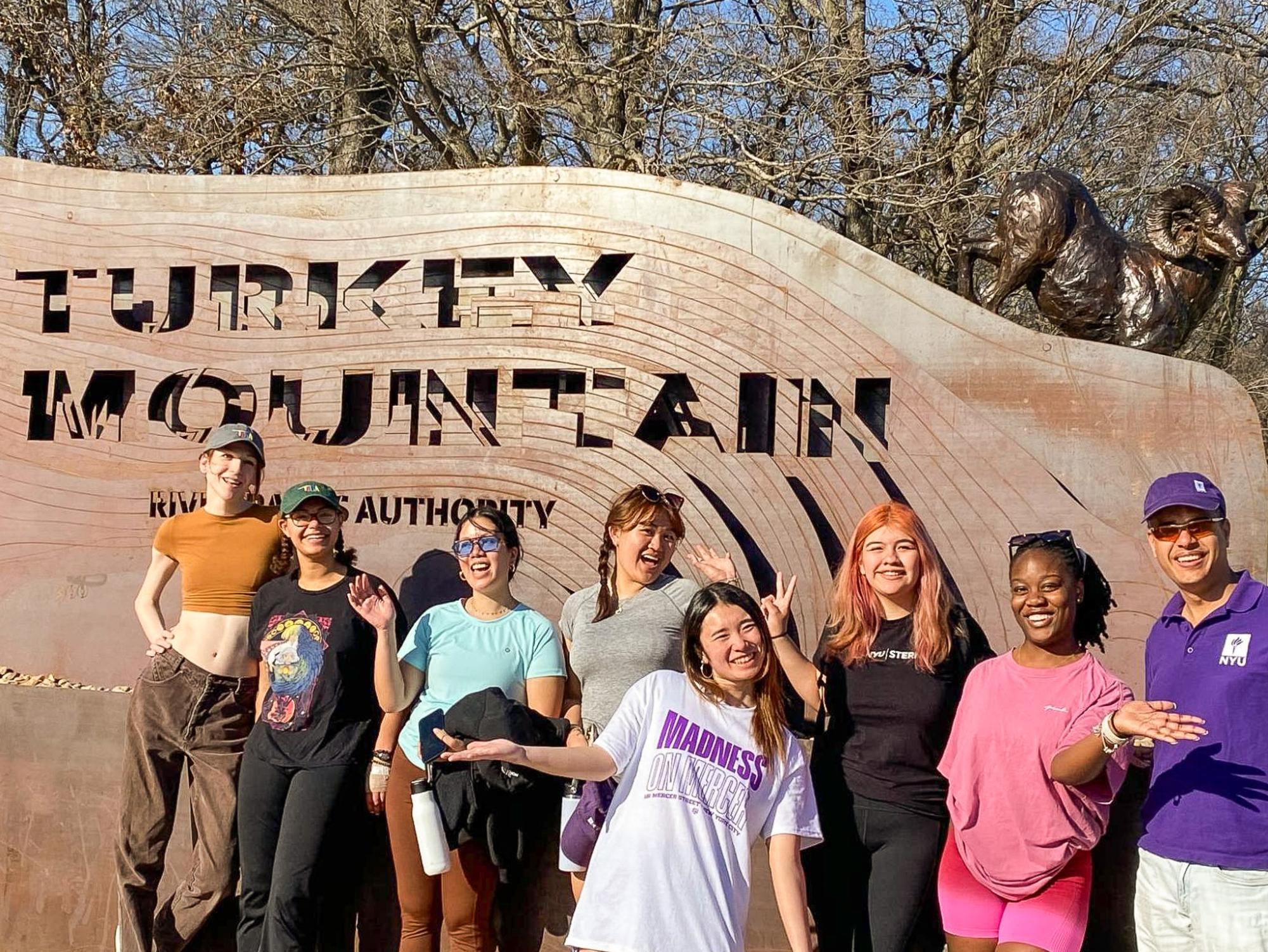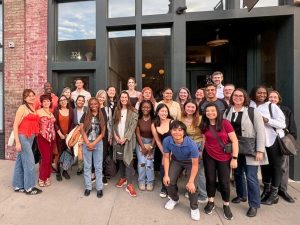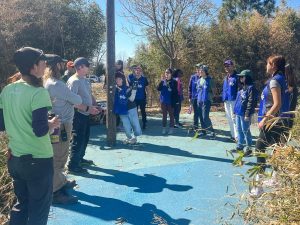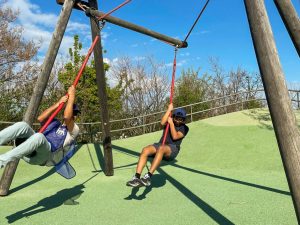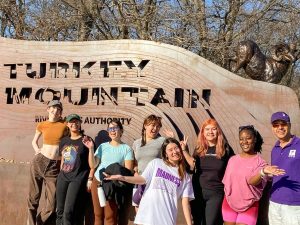When I first heard that NYU was launching a new study away site in Tulsa, Oklahoma, I asked myself: “Why in the world would someone ever want to study in what seems to be the middle of nowhere?” But, as someone who was just a part of the first cohort of NYU students to go to Tulsa on an Alternative Breaks trip this past spring break, the city actually exceeded my expectations.
Though the official site is set to open in 2025 with a focus on Indigenous studies, arts and engineering, the campus did offer it as an option for the Alternative Breaks program this spring. The program sends students around the world to volunteer at Gathering Place during their break. When I initially saw the Center for Student Life’s newsletter promoting the city as a new addition to the Alternative Breaks program, I barely knew anything about Tulsa nor did I have a particularly positive attitude toward the city. Still, even without a designated NYU Tulsa campus, I felt like I really got to know and appreciate the city during my volunteer and free time.
A semester in Tulsa may not be for everyone, but if you are looking for a change, be it different courses or a slower city life, you might like studying away at the new site too.
You want a break from the hustle and bustle
Unlike New York City, there’s barely any traffic in Tulsa, the streets are quiet and the pace is slower. Though you may need a car to get around, everything is at most a 20-minute drive away. Tulsa also offers transportation via MetroLink buses along with plenty of electric scooters, bike lanes and running trails.
You also aren’t far from nature. The Arkansas River runs through Tulsa and is conveniently located right next to Gathering Place, so it’s easy to take advantage of lush foliage and a beautiful riverfront view. There are residential areas of Tulsa where you can stroll down a quiet neighborhood street, but those are conveniently connected to shopping centers and restaurants.
What I loved most though was the community. Everyone was friendly and acted like one big family, which was a great change from the sometimes isolating environment of New York City. One of the most rewarding parts of my trip was being able to hear others’ stories and learn about how they give back to fellow Tulsans.
You want to learn more about the history of the Midwest
During our stay, we visited the historic Greenwood District, Black Wall Street and the Philbrook Museum of Art, as well as Pawhuska — home to the Osage Nation, one of Oklahoma’s 39 tribes — which was about an hour and a half drive away. The Greenwood District was once a vibrant hub of African American entrepreneurship and culture and is now marked by memorials honoring the victims of the 1921 Tulsa Race Massacre.
The Greenwood Rising history center incorporates historical artifacts, film and interactive exhibits to offer immersive experiences that delve into the events of the massacre and celebrate the resilience of the community.
You’re an architecture aficionado
Many of Tulsa’s downtown buildings were built in the art deco style during Tulsa’s boom in the oil industry during the early 1900s. The Boston Avenue United Methodist Church is one of the most visited art deco landmarks, but there are also others scattered throughout the Greenwood District. There are also mid-century modern buildings, such as the University Club Apartments and the Tulsa Central Library that showcase a style that gained popularity during the mid-1900s.
One that particularly blew me away, though, was the Philbrook Museum of Art. It’s a magnificent Italian Renaissance estate surrounded by gardens, vast lawns with plenty of flowers and fountains. Whether you’re captivated by the elegance of art deco, the simplicity of mid-century modernism or the suburban charm of neighborhoods, Tulsa offers all sorts of opportunities to be immersed in different architectural styles.
You enjoy writing and visual or performing arts.
Tulsa is extremely in touch with the arts scene, housing the Tulsa Artist Fellowship, the Bob Dylan Center, a variety of local artisan shops and many music venues that pay homage to its historic live music scene. The Tulsa Symphony Orchestra and Tulsa Ballet also put on shows, which are widely popular among people of all ages. I was surprised by how lively the town was, even at night. If you enjoy live music, you’re sure to find events offered every evening, from local musicians at intimate venues to big names on national tours. Guthrie Green, one of Gathering Place’s sister parks, holds lawn concerts and events throughout the year.
Contact Amanda Wang at [email protected].























































































































































